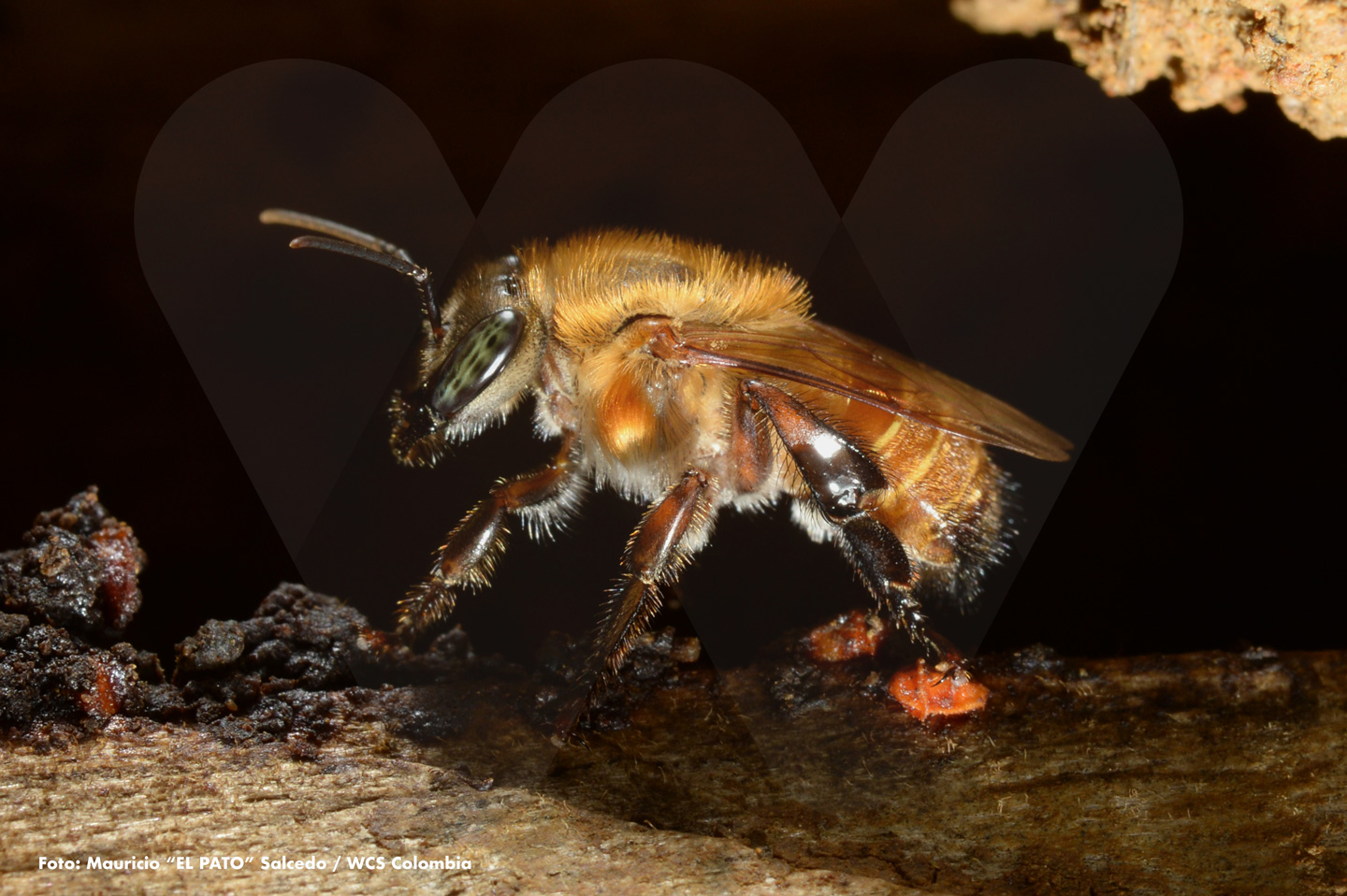 Meliponas
Meliponas
In the rural community of El Líbano (Orito, Putumayo), the Proyecto Vida Silvestre is promoting the breeding of native bees, focusing on the taxonomic group Meliponini, commonly known as stingless bees or meliponine bees. The individual shown in the photo, Melipona eburnea, represents one of the 120 meliponine species found in Colombia. Annually, a single nest of these small creatures can produce between 1 and 11 kilograms of honey, depending on the species.
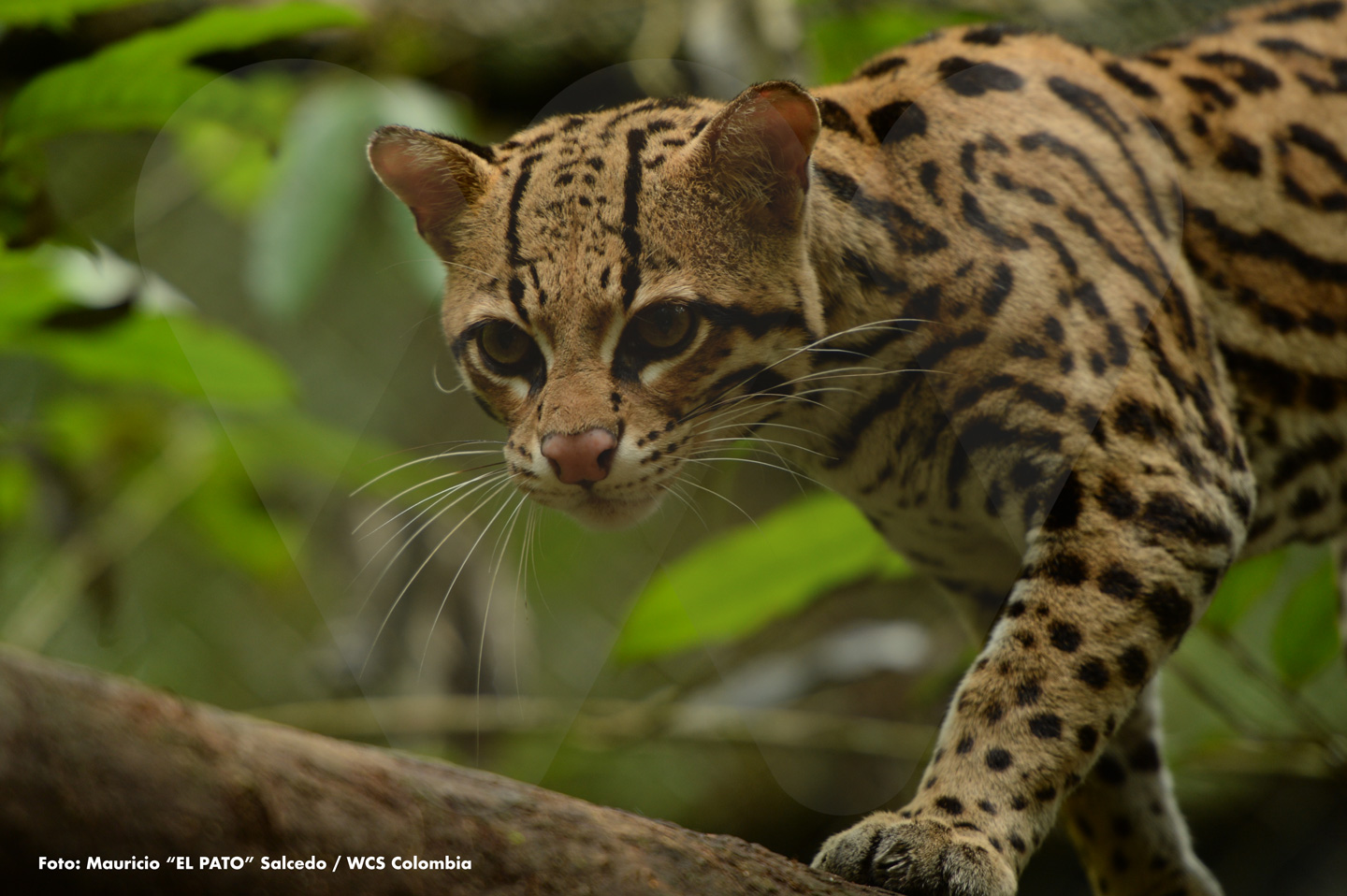 Felines
Felines
Another focus of the Proyecto Vida Silvestre in the Andean-Amazon piedmont is reducing conflicts that may arise between livestock (such as chickens or guinea pigs) and carnivorous mammals like ocelots (photo). To address this, farm owners sign conservation agreements that—among other measures—help them improve the logistics of their properties to prevent such conflicts from occurring.
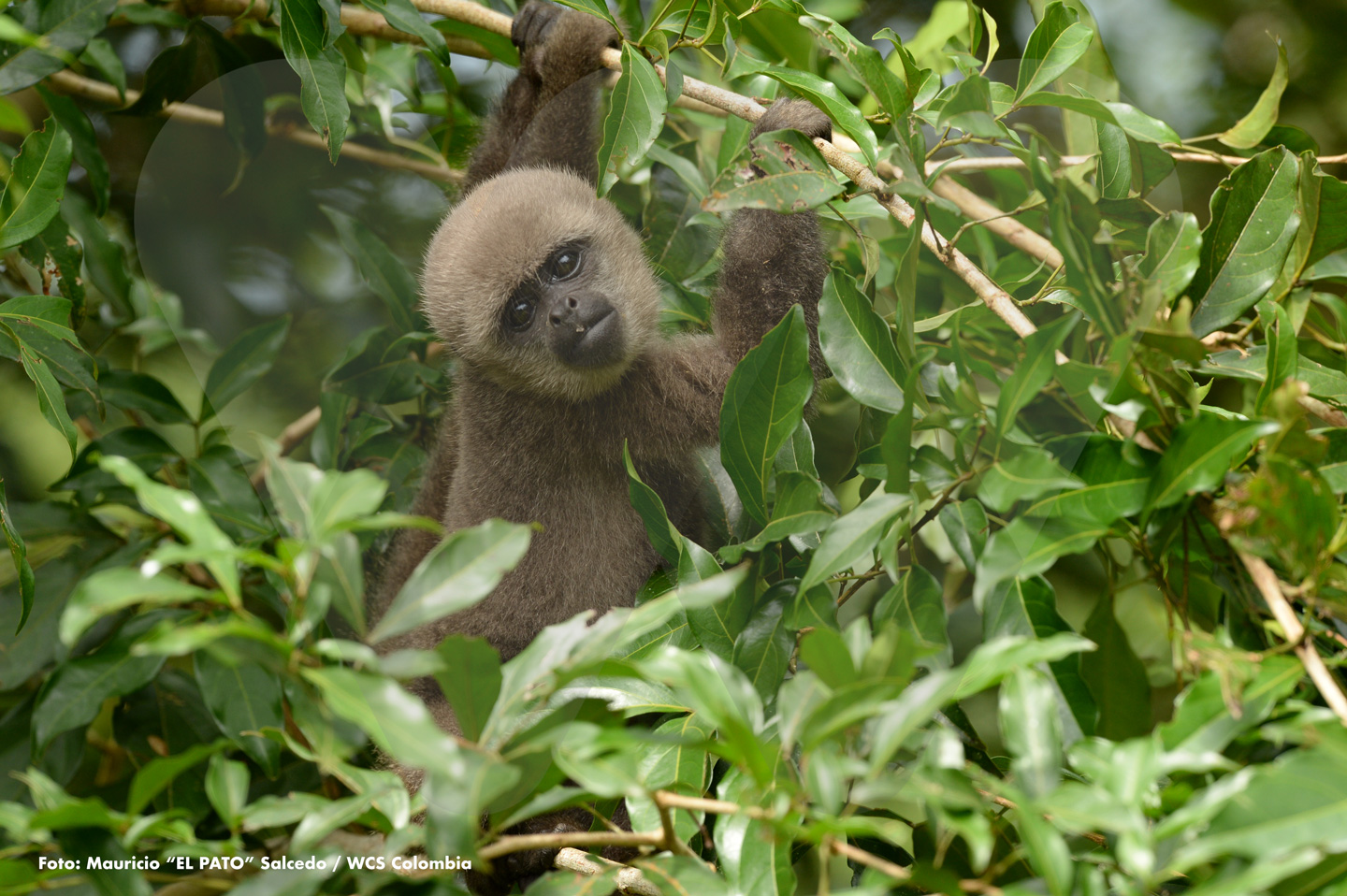 The Woolly Monkey
The Woolly Monkey
Scientifically known as Lagothrix lagothricha, this is one of the most threatened primates in the Amazon. Its vulnerable status is mainly due to deforestation, hunting, and illegal trafficking to be kept as pets. To date, the Proyecto Vida Silvestre has established a group of women called the “Mothers Protecting the Woolly Monkey.” Through their commitment and dedication, they work to ensure the care and protection of this charismatic animal.
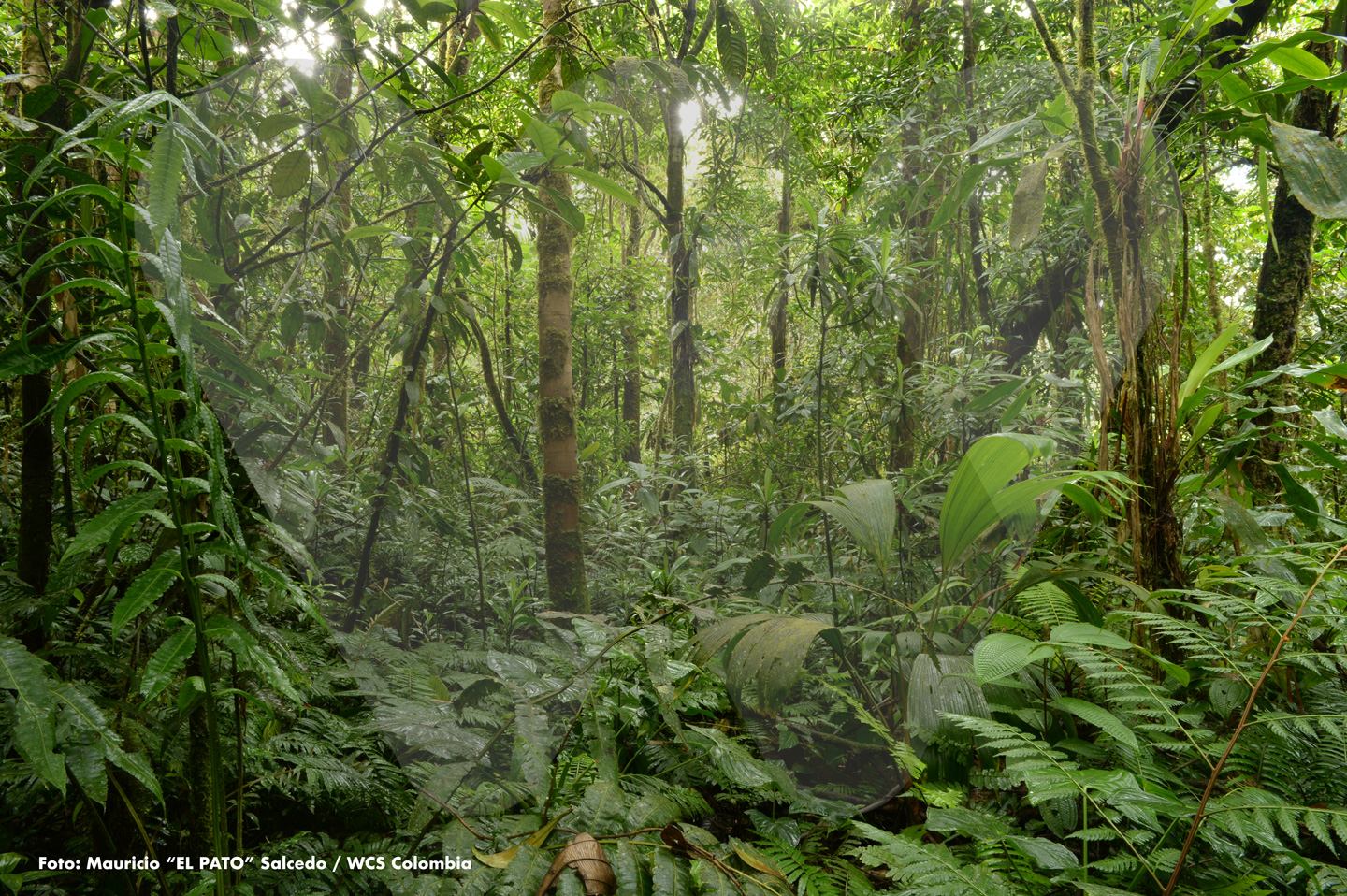 Botanical Heritage
Botanical Heritage
Certainly, another key objective of the Proyecto Vida Silvestre is the conservation of the rich plant diversity in the Andean-Amazonian forests. Efforts are primarily focused on safeguarding timber species that face significant pressure due to their high demand for building houses and other types of infrastructure. Among the most notable are Aniba perutilis (known as crespo cumin or chachajo), Ocotea quixos (espíngo or canelo), Cedrela odorata (Spanish cedar), Wettinia maynensis (chonta or white palm), and Guarea grandifolia (cedrillo).
 Wild Peccaries
Wild Peccaries
They belong to the family Tayassuidae. Commonly known as cafuches, peccaries, or collared peccaries. These diurnal animals roam forests and jungles in large herds that can range from dozens to hundreds of individuals. They are omnivores, with a diet that includes both plants and animals, and have a wide distribution from southern Mexico to northern Argentina. In Putumayo, the Proyecto Vida Silvestre also works to protect them.
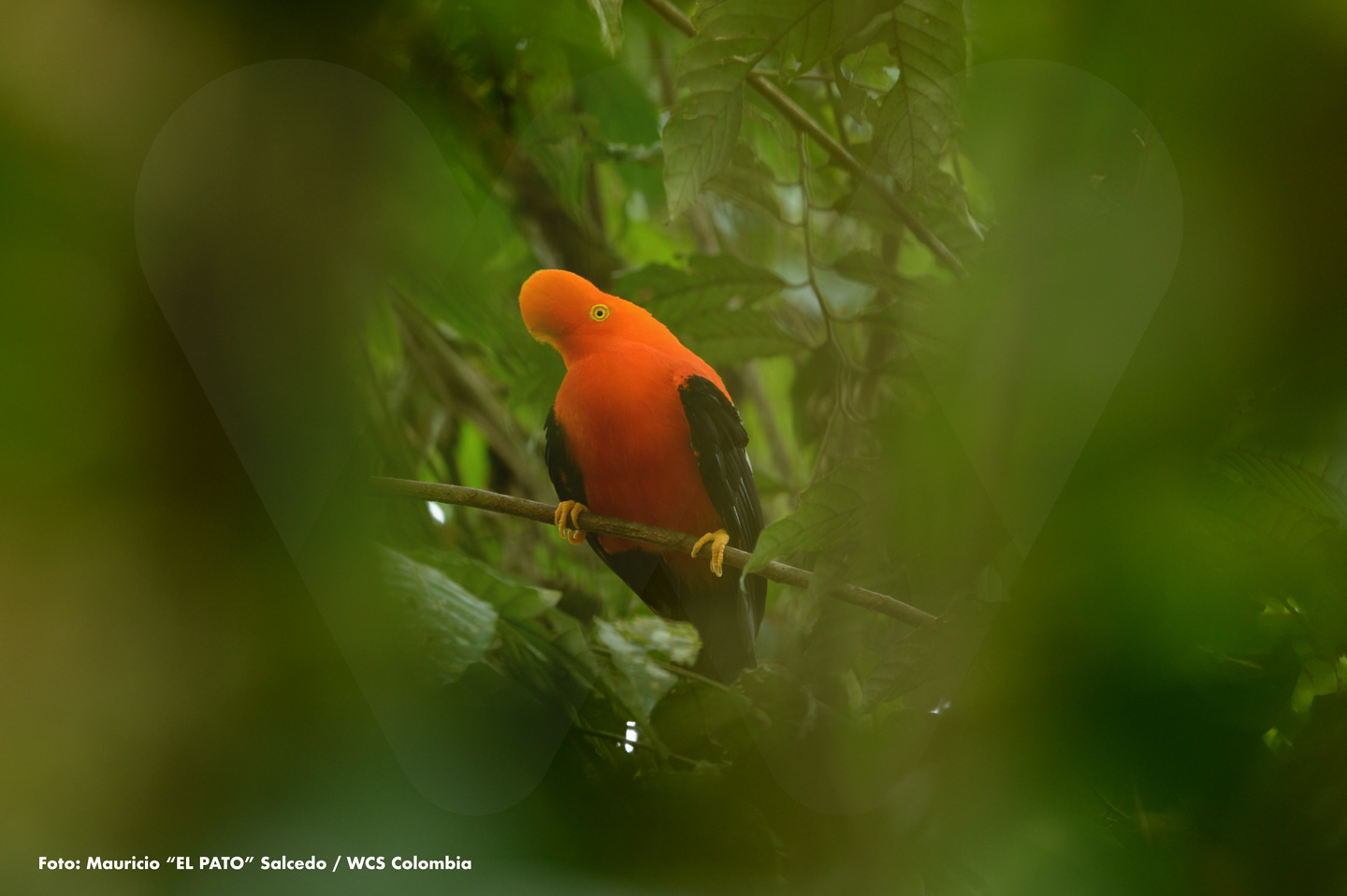 Birds
Birds
The name “Colectivo Gallito de Roca” was chosen by a group of residents from the village of El Líbano (Orito, Putumayo). Committed to their environmental surroundings, they seek to contribute to the protection of forests and, consequently, to the conservation of their birdlife. Studies carried out by Proyecto Vida Silvestre in this region have documented at least 297 bird species—a significant number that highlights the area's biodiversity and provides a strong basis to promote birdwatching as a source of income for the community.